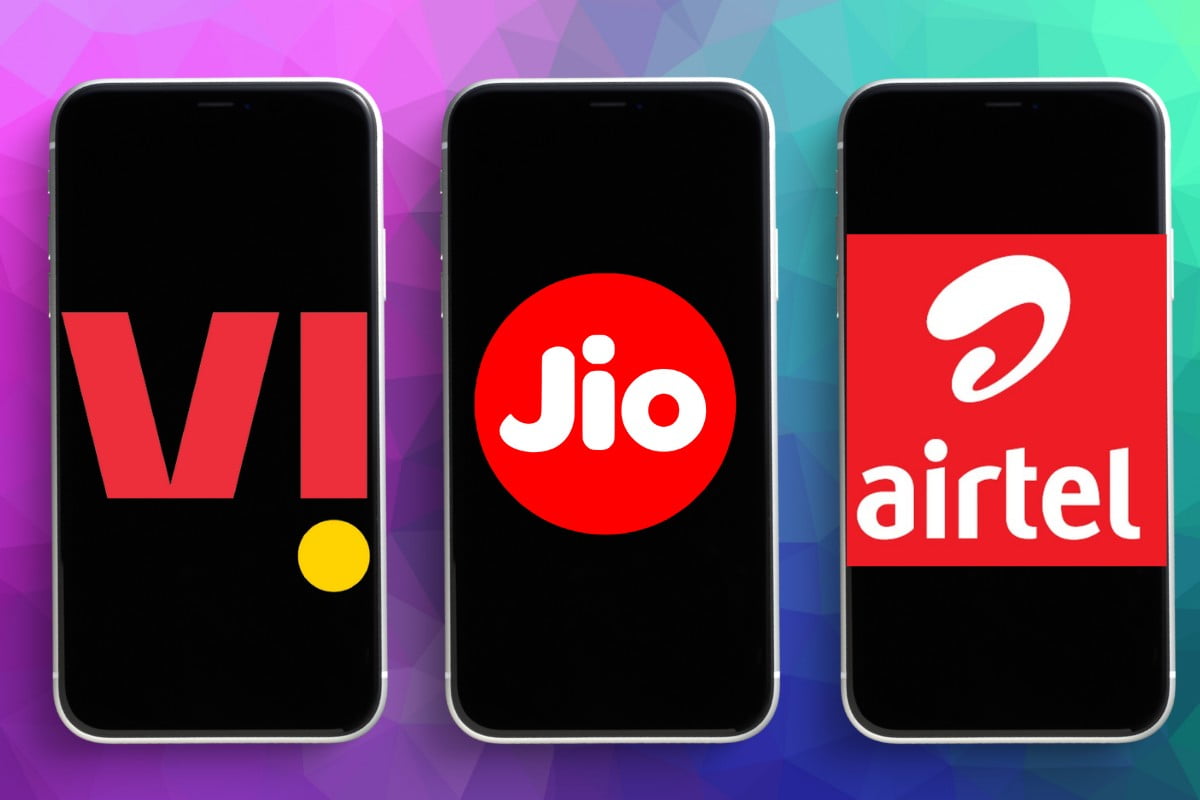While 5G is on its way to India, and there are 4G networks present in almost all nooks and corners of the country, there is something that can’t be ignored. The private telecom operators who have built a strong business around providing 4G coverage throughout the country have failed to deliver ‘true 4G’ to Indians. Bharat Sanchar Nigam Limited (BSNL) is still a 2G/3G player, so we will leave the state-run telco out of this conversation. However, the telcos aren’t really at fault here. If you haven’t received true 4G speeds, it is partly because the Indian market is tailored that way. Don’t follow what I am saying? Let me explain it to you.
Indian Telcos Didn’t Deliver True 4G, Because Then It Would Have Hurt Your Pockets!
According to the ‘Speedtest Global Index’ report from Ookla, India is currently at the 126th position in terms of providing the fastest mobile data speeds to users. India’s arch-rival, Pakistan, sits above at 120th position. The average mobile speed delivered to users in India is 17.96 Mbps. In comparison, the number one country on the list, United Arab Emirates (UAE), offers users 195.52 Mbps speeds. There is a humongous difference between UAE and India. So why does a telecom operator like Jio, which has so much profits in the books, can’t provide very high-speed networks to the users. This question also applies to companies like Vodafone Idea and Bharti Airtel. The thing is, getting more mobile internet speed would have costed the end-consumer, which is you, a lot more money. Today, India offers mobile data at one of the cheapest/most affordable rates globally. From paying more than Rs 200 for each GB of data in 2016, now Indians pay less than Rs 10 for the same. This has allowed even the low-income class people to latch on to the same network services as the high-income ones. Since Jio came, the telcos could either reduce the price of data, or they could go out of business. Because of affordable plans and services, which benefitted a lot to the customers, the overall profit margins and the average revenue per user (ARPU) started to drop. This resulted in the telcos being limited in their capacity to make investments in the networks to enhance performance. In simple words, if the telcos don’t charge you more, they don’t earn more. If they don’t earn more, they can’t invest in their networks and really can’t provide you with the 4G experience customers in countries like the UAE do. But there’s one more thing to factor in here. It is not just how the Indian market is that is responsible for this. But the telcos have also been fighting to get the larger subscriber market share. Companies like Jio can easily hike tariffs and support Vi and Airtel in doing the same. But Jio won’t go for the tariff hike to increase ARPU because it wants a larger subscriber market share. The other companies are also handicapped because of the same. However, it is not like Vi and Airtel don’t want a better subscriber market share; it’s just that the ball is in Jio’s court at the moment. Further, the government had also put so much stress on the sector. There were so many forms of statuary dues, regulatory norms that involved so much money going out of the operators’ pockets. However, the recent relief package should be able to help with that. The Indian telecom operators aren’t evil. They aren’t deliberately providing you with slow internet speed when they can offer you something better. The operators are just limited to provide a premium service to each of their customers because of their limited return on investments. Mind that providing better network services also includes purchasing more airwaves from the government, which involves thousands of crores. Then there are also other investments such as network towers, fiberisation costs, and much more than a normal consumer is unaware of.
